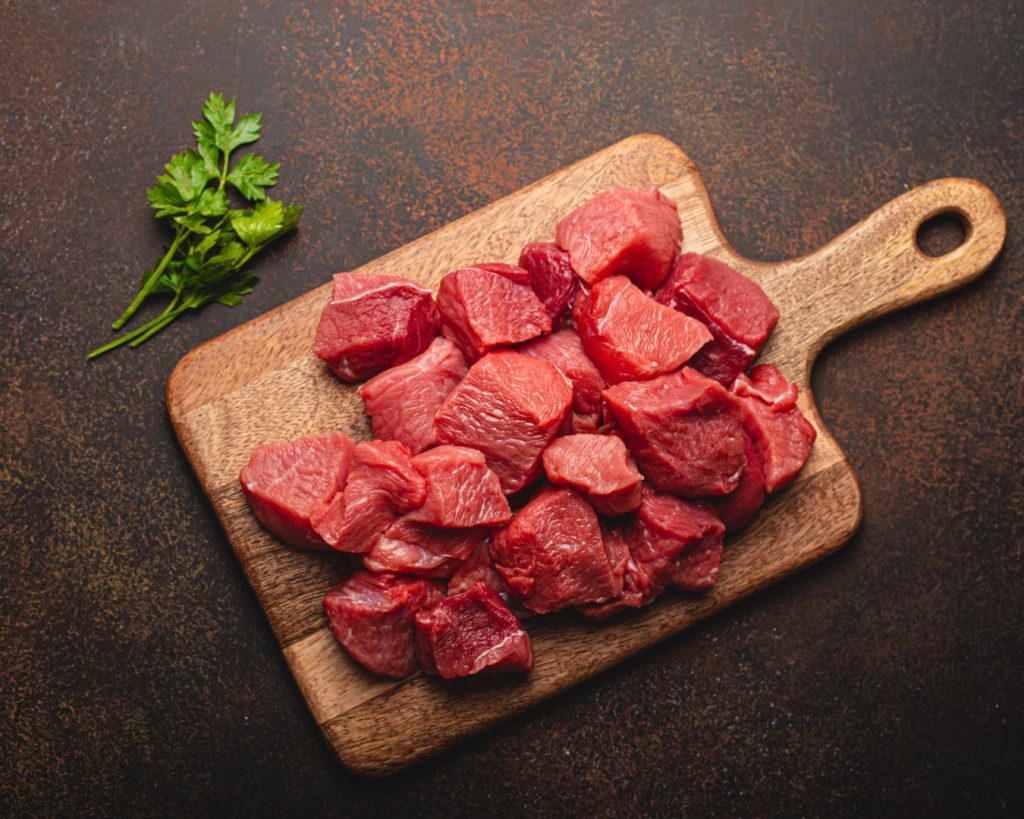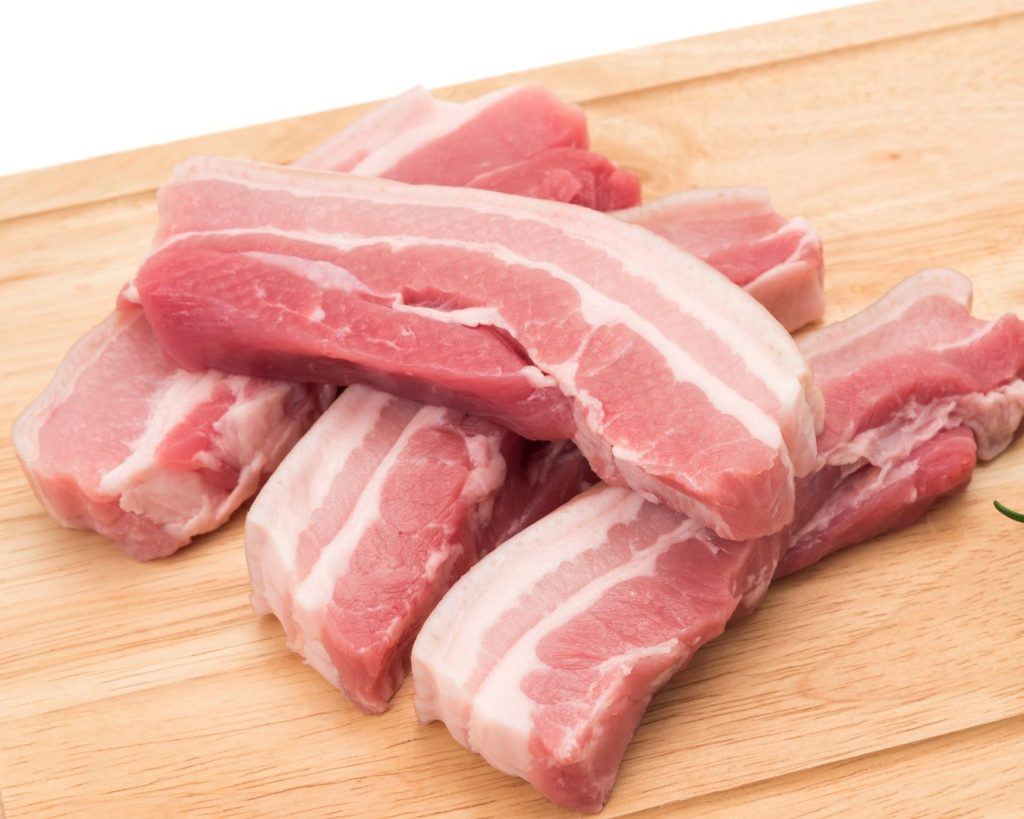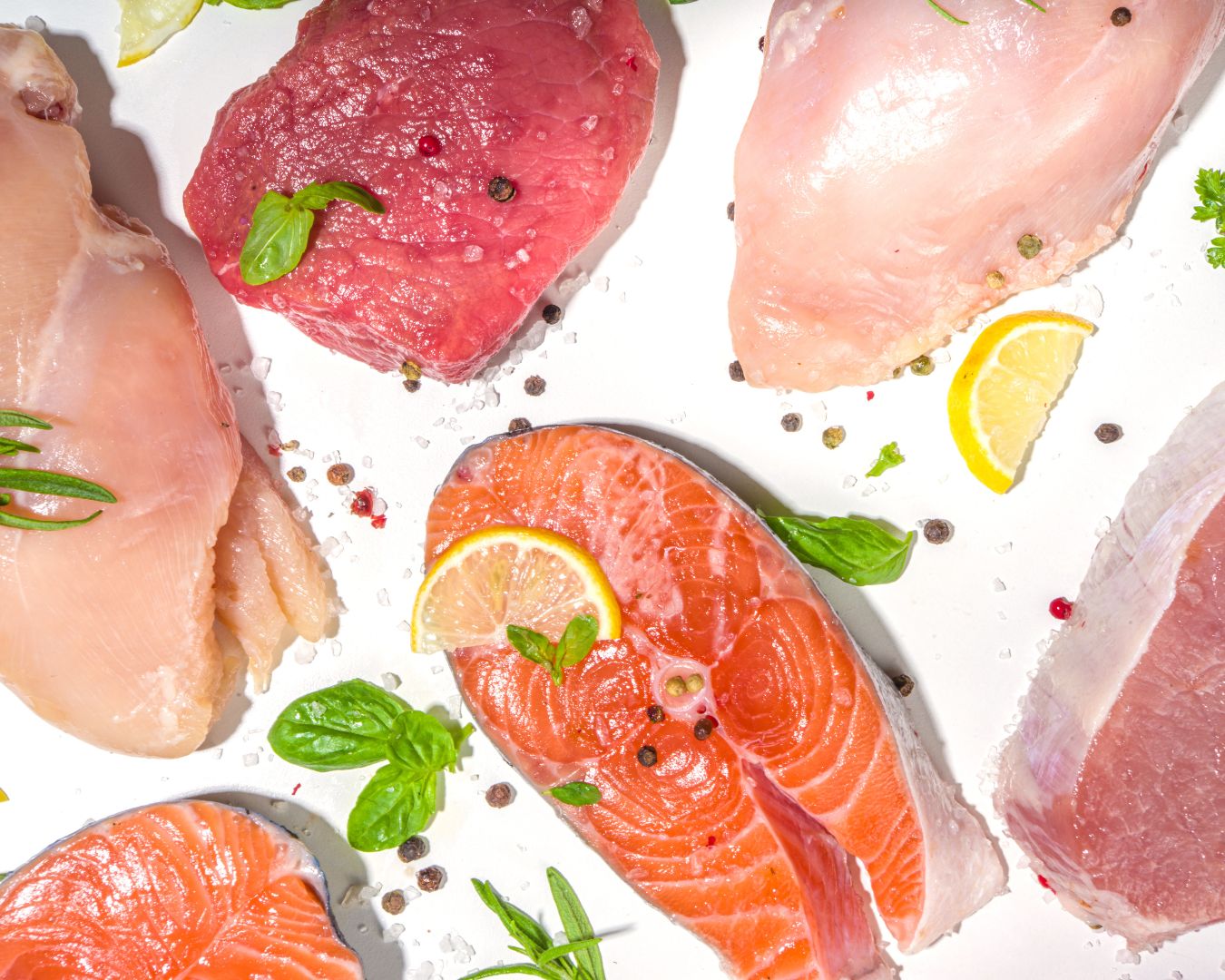Nutritional Comparison of Different Meats: Chicken, Beef, and Pork
When it comes to choosing the right meat for your meals, understanding the nutritional differences can help you make healthier choices that fit your dietary needs and preferences. Chicken, beef, and pork are three of the most commonly consumed meats worldwide, each offering unique nutritional profiles. In this blog post, we’ll break down the nutritional benefits and considerations of each type of meat to help you make informed decisions at the grocery store and in the kitchen.
Chicken: Lean and Versatile
Nutritional Highlights:
- Protein: Chicken is an excellent source of high-quality protein. A 3-ounce serving of skinless, boneless chicken breast provides about 26 grams of protein.
- Fat: Chicken breast is low in fat, containing around 2-3 grams of fat per serving. Dark meat, such as thighs and drumsticks, contains slightly more fat.
- Vitamins and Minerals: Chicken is rich in B vitamins (especially niacin and B6), phosphorus, and selenium.
Health Considerations:
- Lean Option: Choosing skinless, boneless chicken breast is one of the leanest meat options available, making it a great choice for those watching their fat intake.
- Versatility: Chicken can be prepared in a variety of ways, making it easy to incorporate into a balanced diet.

Beef: Rich in Iron and Zinc
Nutritional Highlights:
- Protein: Beef is a powerful source of protein, with a 3-ounce serving of cooked lean beef providing about 22 grams of protein.
- Fat: Beef contains more fat than chicken, with lean cuts like sirloin and tenderloin containing about 7-10 grams of fat per serving, while fattier cuts like ribeye can have upwards of 20 grams.
- Vitamins and Minerals: Beef is particularly high in iron, zinc, and vitamin B12, all essential for energy production and immune function.
Health Considerations:
- Fat Content: Opt for lean cuts to reduce saturated fat intake. Grass-fed beef tends to have a healthier fat profile compared to grain-fed beef.
- Iron and Zinc: Beef’s high iron and zinc content make it beneficial for individuals at risk of deficiency, such as women of childbearing age and athletes.

Pork: Nutrient-Dense and Flavorful
Nutritional Highlights:
- Protein: Pork offers a high protein content, with a 3-ounce serving of lean pork loin providing about 22 grams of protein.
- Fat: Lean cuts like pork tenderloin have about 4 grams of fat per serving, while fattier cuts like pork belly can have much higher fat content.
- Vitamins and Minerals: Pork is rich in thiamin (vitamin B1), selenium, and phosphorus. It also provides a good amount of niacin and B6.
Health Considerations:
- Lean Cuts: Choose lean cuts like tenderloin or loin chops to keep fat intake in check.
- Variety of Cuts: Pork offers a wide variety of cuts, from lean to fatty, providing options for different culinary uses and dietary needs.
When deciding which meat to incorporate into your diet, consider the following tips:
- Balance and Variety: Incorporate a variety of meats to benefit from the unique nutrients each offers.
- Cooking Methods: Opt for healthier cooking methods like grilling, baking, or steaming to retain nutrients and reduce added fats.
- Portion Control: Be mindful of portion sizes to avoid excessive calorie and fat intake.
Each type of meat—chicken, beef, and pork—offers its own set of nutritional benefits and considerations. By understanding these differences, you can make informed choices that align with your health goals and dietary preferences. Whether you’re looking to boost your protein intake, increase iron and zinc levels, or enjoy a nutrient-dense meal, there’s a meat option to suit your needs. Enjoy exploring the culinary possibilities and nourishing your body with these versatile protein sources!

